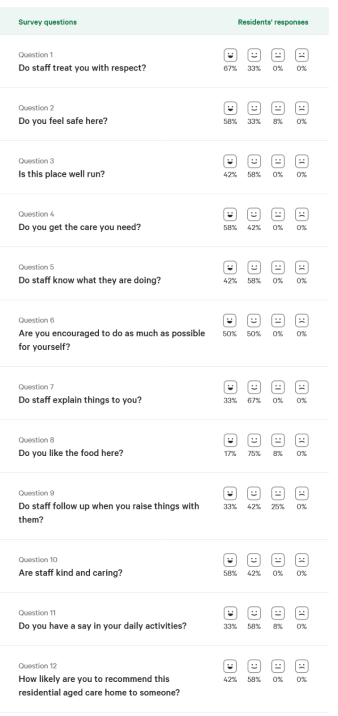But Dollars to Care is not easy for punters to find, and it’s only as good as the data pumped into it. The UX needs a little work.
The Department of Health and Aged Care’s new online accountability tool Dollars to Care is designed to help Australians find the right aged care home for them, but finding the tool is hard, and the data is only as good as the provider punching it in.
Launched last Wednesday, Dollars to Care allows aged care residents and their families to see exactly how their home spends their money on food, care and services.
But finding the tool, from a user experience point of view, isn’t easy. Put “Dollars to Care” into Google and patients will find a list of news stories about the tool. Put “Dollars to Care” into the myAgedCare website’s search engine and you’ll get an information page but not a link to the actual tool.
Instead, the user needs to go to myAgedCare, click the tag called Find a provider, pick “search for a provider” from the dropdown menu. Then pick either “Find a provider by location” or “find a provider by name”. Then it’s a case of nominating a postcode, picking the type of care you want, and then selecting a room type, before you hit search for a list of homes in the selected area.
Pick a home in the list and hit “view provider”. Even then you’re not at the newest parts of the online tool. Click on the tag called “Finance and operations” and finally you’re at the information the government press releases are calling “Dollars to Care”.
Once found, however, the tool is a boon for those trying to pick a provider.
Each provider’s spend, per resident per day, on care and nursing, administration, cleaning and laundry, accommodation and maintenance, and food and catering is provided, broken down and compared to the national average.
You can also see where the provider gets its income from, how much the budget was in surplus or deficit in the last financial year, and how much was spent on staff in the last quarter.
The bad news is the information is self-reported by each provider without outside vetting.
Also available, right next to the “Finance and operations” tag is one called “Residents’ experience”. There potential residents can find out just what current residents think of the services on offer. Here’s an example:

All in all, the tool is useful and clear to understand, but finding it is a mission and if the DoHAC is serious about its utility for potential aged care residents, they need to make that easier.


